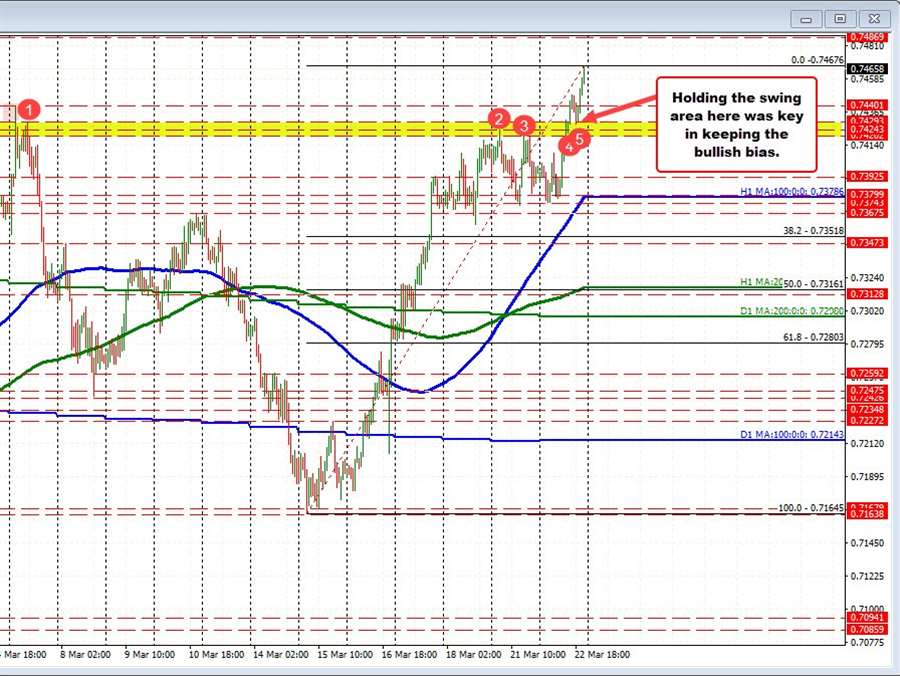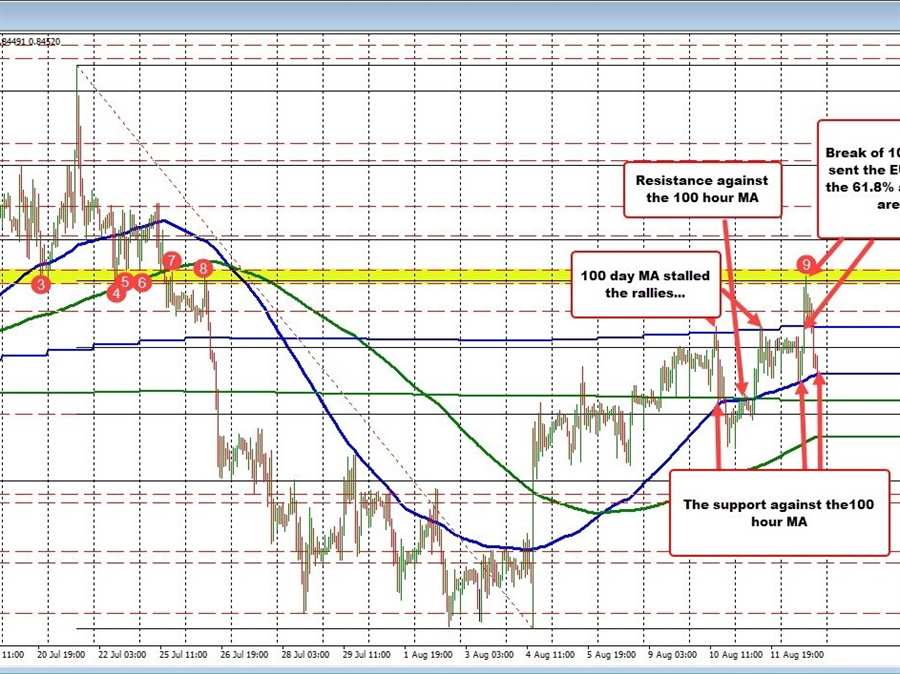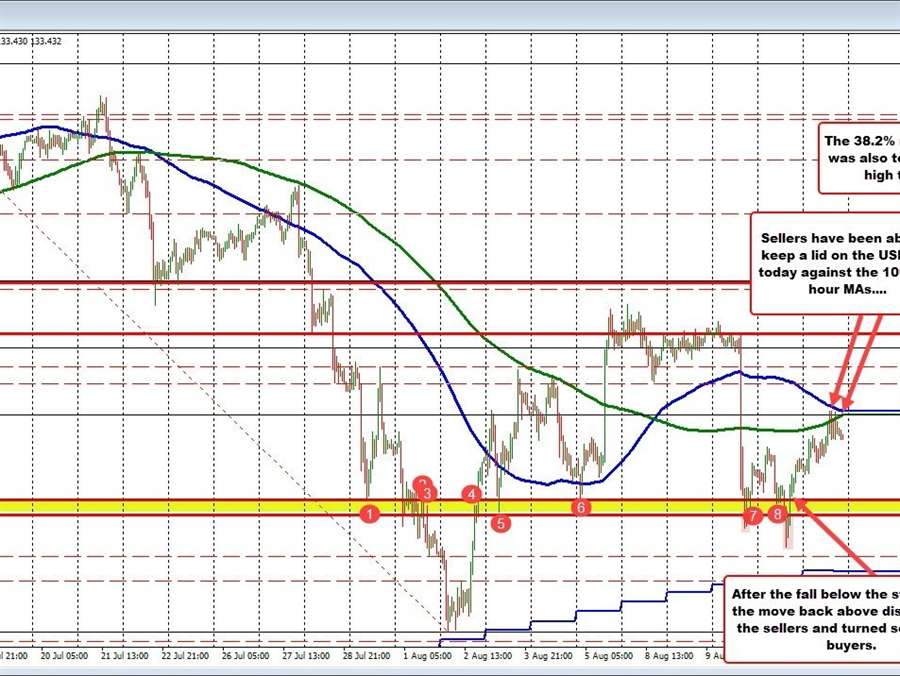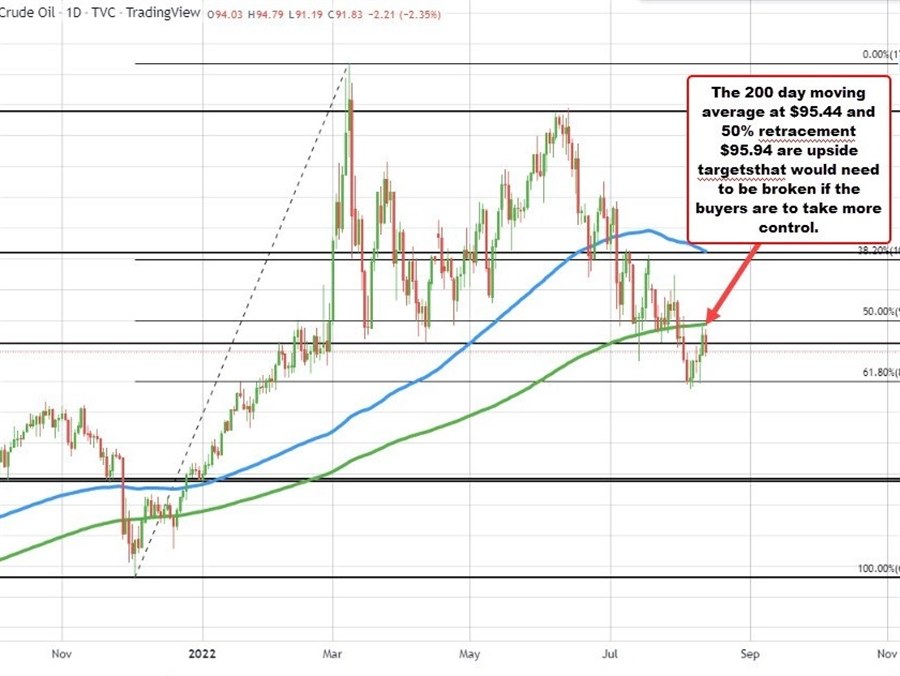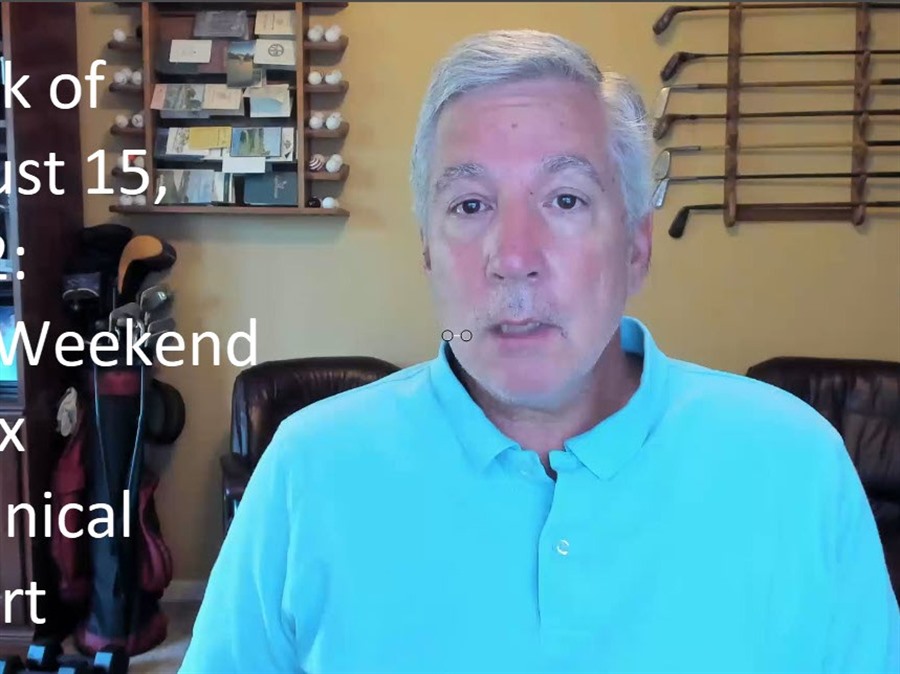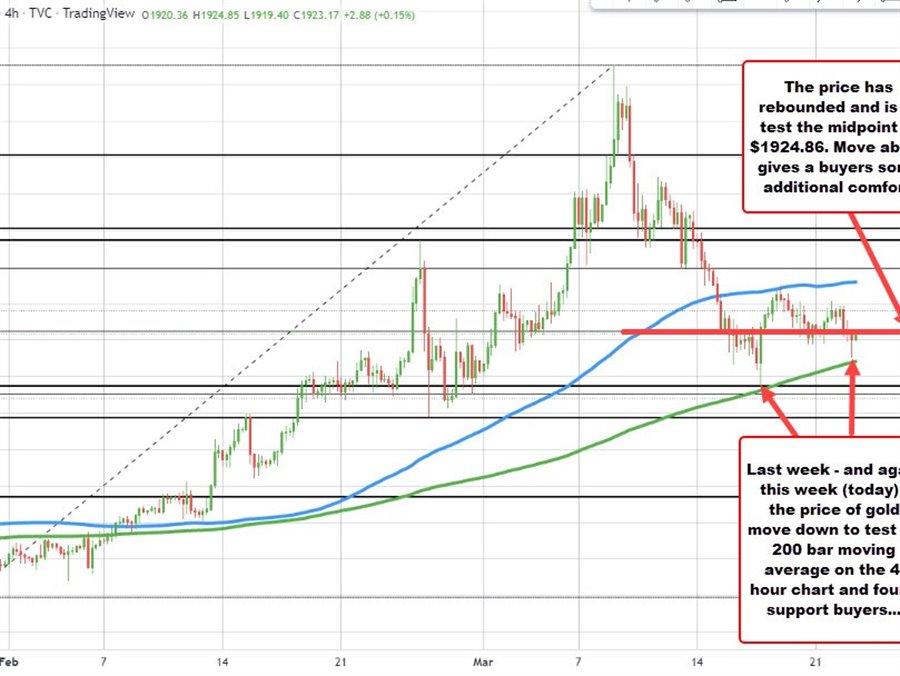
The Nasdaq
NASDAQ
The Nasdaq Stock Market or NASDAQ is an American stock exchange. It trails only the New York Stock Exchange (NYSE) in market capitalization and is part of a network of stock markets and options exchanges.Launched back in 1971, NASDAQ is the acronym for the National Association of Securities Dealers Automated Quotations. Since then it is known simply as NASDAQ and has become one of the most influential exchanges worldwide.The NASDAQ was the world’s first electronic stock market, and has since assumed the majority of major trades that had been executed by the over-the-counter (OTC) system of trading.What Makes Up the NASDAQ?In particular, the exchange also features the NASDAQ Composite, which includes almost all stocks listed on the NASDAQ stock market. Along with the Dow Jones Industrial Average (DIJA) and S&P 500 Index, this is one of the three most-followed stock market indices in the United States.Overall, the NASDAQ stock market has three different market tiers. This includes the Capital Market, or an equity market for companies that have relatively small levels of market capitalization. The listing requirements for small cap companies are less stringent than for other Nasdaq markets that list larger companies with significantly higher market capitalization.Additionally, the Global Market is made up of stocks that represent the Nasdaq Global Market. The Global Market consists of 1,450 stocks that meet the exchange’s financial and liquidity requirements, and corporate governance standards.Finally, the Global Select Market is a market capitalization-weighted index made up of 1,200 US-based and international stocks that represent the Global Select Market Composite.
The Nasdaq Stock Market or NASDAQ is an American stock exchange. It trails only the New York Stock Exchange (NYSE) in market capitalization and is part of a network of stock markets and options exchanges.Launched back in 1971, NASDAQ is the acronym for the National Association of Securities Dealers Automated Quotations. Since then it is known simply as NASDAQ and has become one of the most influential exchanges worldwide.The NASDAQ was the world’s first electronic stock market, and has since assumed the majority of major trades that had been executed by the over-the-counter (OTC) system of trading.What Makes Up the NASDAQ?In particular, the exchange also features the NASDAQ Composite, which includes almost all stocks listed on the NASDAQ stock market. Along with the Dow Jones Industrial Average (DIJA) and S&P 500 Index, this is one of the three most-followed stock market indices in the United States.Overall, the NASDAQ stock market has three different market tiers. This includes the Capital Market, or an equity market for companies that have relatively small levels of market capitalization. The listing requirements for small cap companies are less stringent than for other Nasdaq markets that list larger companies with significantly higher market capitalization.Additionally, the Global Market is made up of stocks that represent the Nasdaq Global Market. The Global Market consists of 1,450 stocks that meet the exchange’s financial and liquidity requirements, and corporate governance standards.Finally, the Global Select Market is a market capitalization-weighted index made up of 1,200 US-based and international stocks that represent the Global Select Market Composite.
Read this Term and S&P are trading near highs for the day, and that is helping the “risk-on” flows in pairs like the AUDUSD
AUD/USD
The AUD/USD is the currency pair encompassing the Australian dollar of the Commonwealth of Australia (symbol $, code AUD), and the dollar of the United States of America (symbol $, code USD). The pair’s rate indicates how many US dollars are needed in order to purchase one Australian dollar. For example, when the AUD/USD is trading at 0.7500, it means 1 Australian dollar is equivalent to 0.75 US dollars. The Australian dollar (AUD) is the world’s fifth most traded currency, whilst the US Dollar (USD) is the world’s most traded currency, resulting in a very liquid pair, with tight spreads, often staying within the 1 pip to 3 pip spread range on most forex brokers. AUD/USD Popular Among Various Types of TradersA lot of traders consider the AUD/USD to perhaps be the most consistent currency pair with respect to swing trading, as it has often moved in steadfast cycles.Having said that, every pair presents its own challenges for traders.The AUD/USD is very popular with swing traders, with the four-hour timeframe being, historically at least, more dependable than others. Historically the AUD/USD is influenced by interest rate differentials, commodity prices, government credit ratings, and overall sentiment and speculation.
The AUD/USD is the currency pair encompassing the Australian dollar of the Commonwealth of Australia (symbol $, code AUD), and the dollar of the United States of America (symbol $, code USD). The pair’s rate indicates how many US dollars are needed in order to purchase one Australian dollar. For example, when the AUD/USD is trading at 0.7500, it means 1 Australian dollar is equivalent to 0.75 US dollars. The Australian dollar (AUD) is the world’s fifth most traded currency, whilst the US Dollar (USD) is the world’s most traded currency, resulting in a very liquid pair, with tight spreads, often staying within the 1 pip to 3 pip spread range on most forex brokers. AUD/USD Popular Among Various Types of TradersA lot of traders consider the AUD/USD to perhaps be the most consistent currency pair with respect to swing trading, as it has often moved in steadfast cycles.Having said that, every pair presents its own challenges for traders.The AUD/USD is very popular with swing traders, with the four-hour timeframe being, historically at least, more dependable than others. Historically the AUD/USD is influenced by interest rate differentials, commodity prices, government credit ratings, and overall sentiment and speculation.
Read this Term.
Technically, as posted earlier, the price did take out the 2022 high at 0.7440, rising to 0.74474 in the process, but the price did fail on that first break.
HOwever, the dip needed to hold support in the 0.7420 to 0.7429 area. Indeed the low came in at 0.7428, and the buyers showed up.
The price move above the 0.7440, then 0.7447 and the move to the upside was back on. The high just reached 0.74676.
The price action now sets the close risk at the 0.7440-47 area. Stay above and the bullish bias is firmly intact. Move below, and although the aforementioned support at 0.7420 to 0.7429 would still be a downside hurdle, I would expect the buyers to show some “give-up” on the run higher, and turn to sellers.
The next key target is at the 50% midpoint of the move down from the 2021 high to the 2022 low. That level comes in at 0.74867 (see daily chart below).



